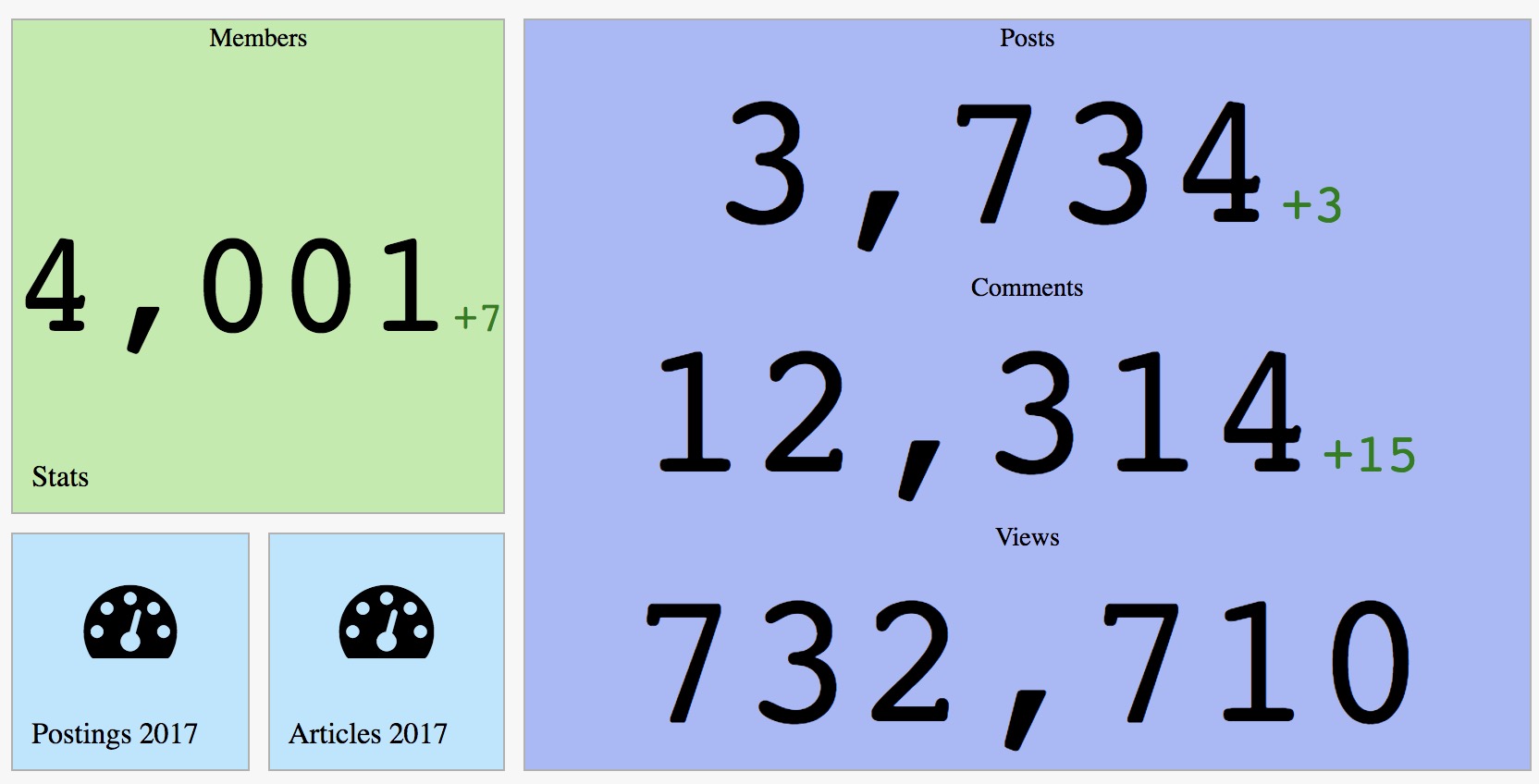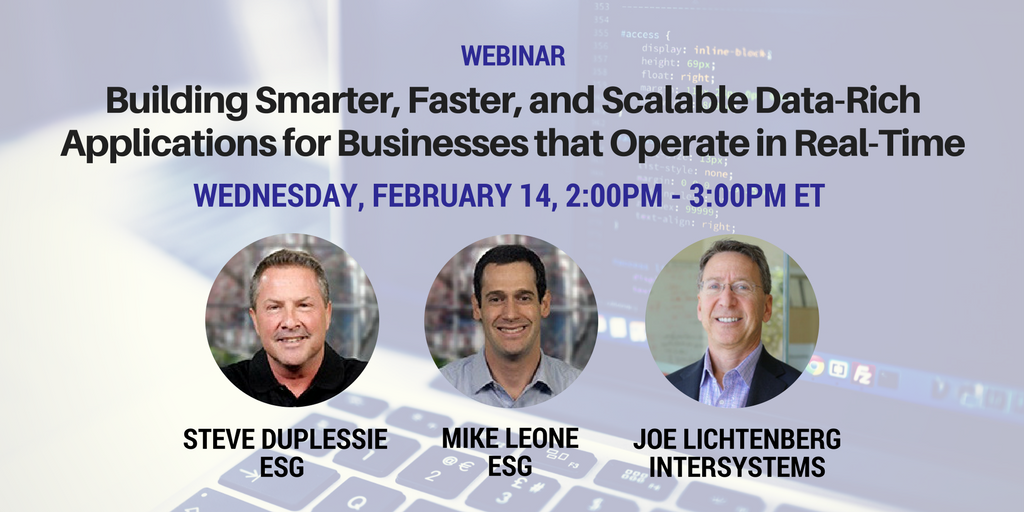How can get the data stored in the JSON object? I try StringObject but doesn't work.
InterSystems Developer Community is a community of
25,522 amazing developers
We're a place where InterSystems IRIS programmers learn and share, stay up-to-date, grow together and have fun!


